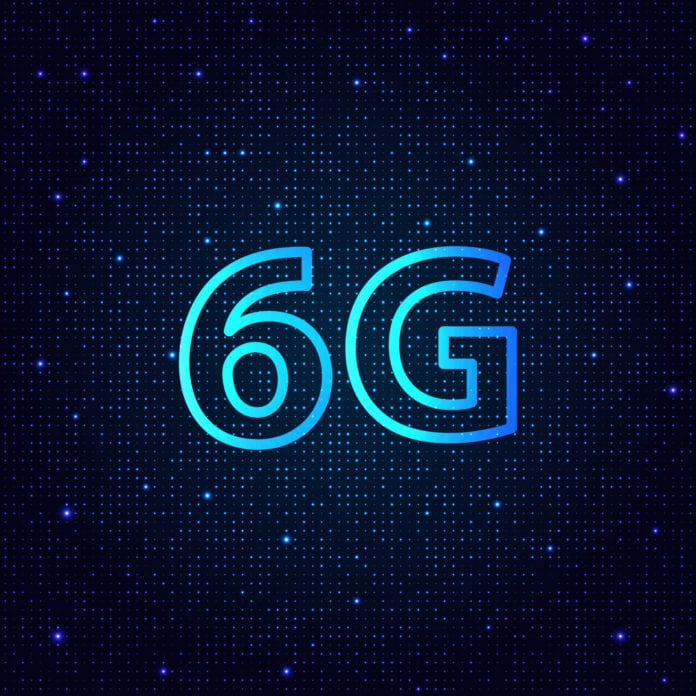China is responsible for 40.3% of global 6G patent filings, followed by the U.S. with 35.2%. Japan with 9.9%, Europe with 8.9% and South Korea with 4.2%, according to a report by Nikkei.
Nikkei worked with Tokyo-based research firm Cyber Creative Institute to survey nearly 20,000 patent applications for nine core technologies in the 6G field, including communications, quantum technology, base stations and artificial intelligence.
According to the report, China’s 6G patent applications are mostly related to mobile infrastructure technology. Many of the latest patents have been filed by Chinese vendor Huawei, while other key Chinese patent holders include state-run companies including State Grid Corporation of China and China Aerospace Science and Technology.
“Companies other than Huawei are also obtaining 6G patents, indicating that China’s technological development is improving,” said Takafumi Saito, director at Cyber Creative Institute.
Meanwhile, U.S. companies with 6G-related patents include Qualcomm, Intel, IBM and Microsoft, according to the report.
As for Japan, Nippon Telegraph & Telephone (NTT) has many patents in the 6G space dealing with optical communications and mobile infrastructure networks in urban areas.
Huawei founder and CEO Ren Zhengfei recently said that the firm was working to ensure its advantage in the 6G technology, according to Nikkei Asia.
“Our 6G research is bracing itself against a rainy day and we aim to conquer 6G patent ground,” Ren said. “We don’t have to wait for 6G to become viable, as waiting would impose constraints on us due to a lack of patents.”
Huawei expects to launch 6G products around 2030, the company’s rotating chairman Eric Xu Zhiju, had recently said.
According to a recent article written by Xu, not-yet-standardized 6G has a more complicated technology environment than 5G, with impact likely to come from multiple technologies like cloud computing, blockchain and big data.
The executive noted that the vendor had started investment in 6G research in 2017.
“Huawei will define 5.5G and research 6G at the same time in the next few years, and it is a test of the whole industry’s imagination and creativity whether 6G can surpass 5G and 5.5G technologies,” Xu said.
The Chinese government has already begun researching 6G technology. According to previous reports by Chinese state media, government ministries and research institutes have had initial meetings with the aim of establishing a national 6G technology research and development group. The Ministry of Science and Technology said that it will set up two working groups to carry out the 6G research activities.
Japan, South Korea, the European Union and the United States have also launched projects, programs, and alliances to shape the 6G framework and main business focus. In February, a 6G research project involving major European operators was announced, while U.S. carriers had previously committed to the Next G Alliance, a group established with the main goal of defining 6G technology.

